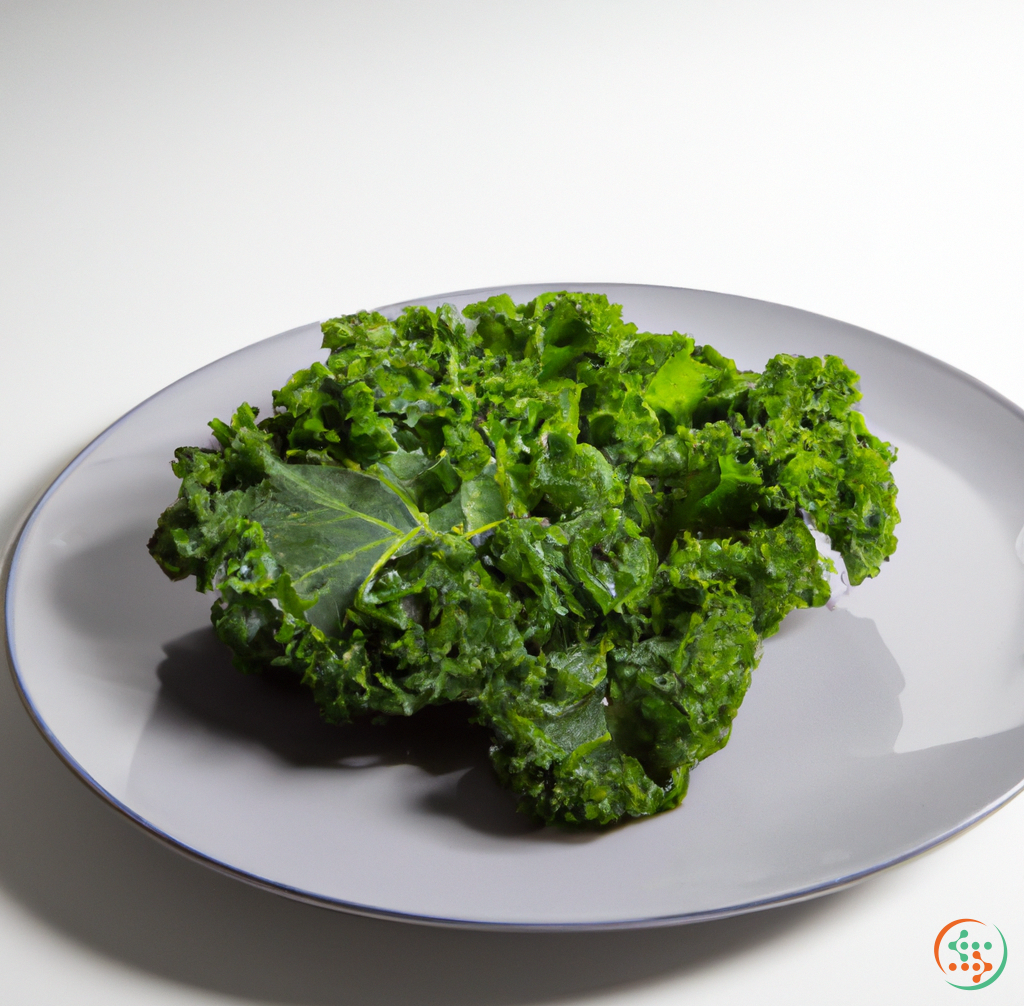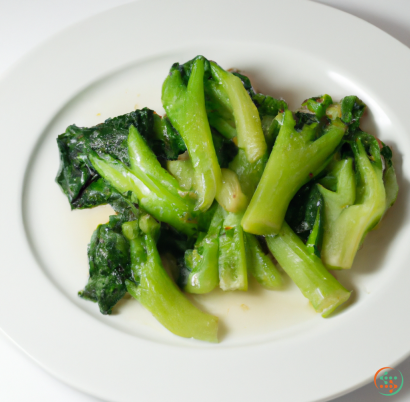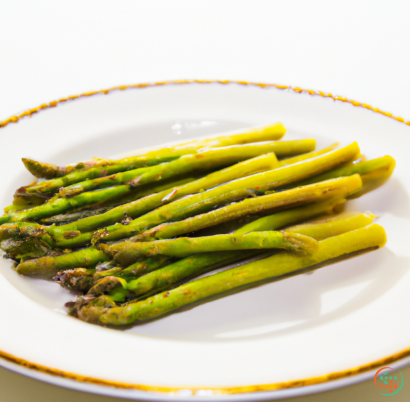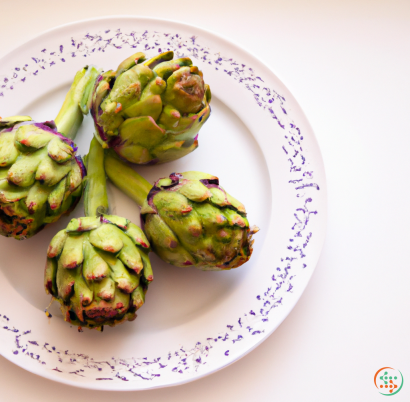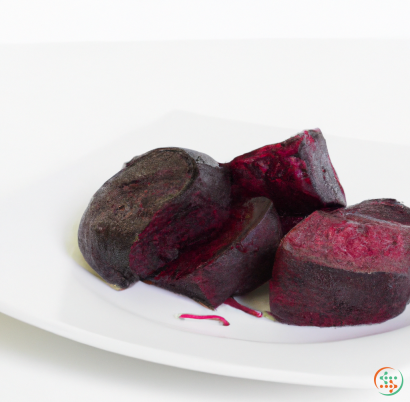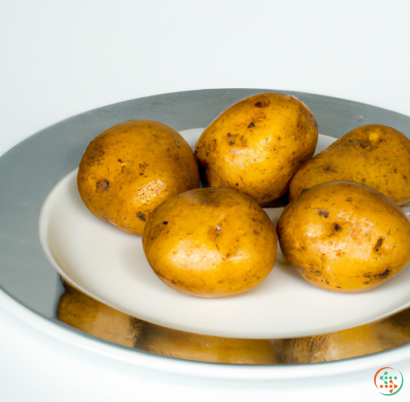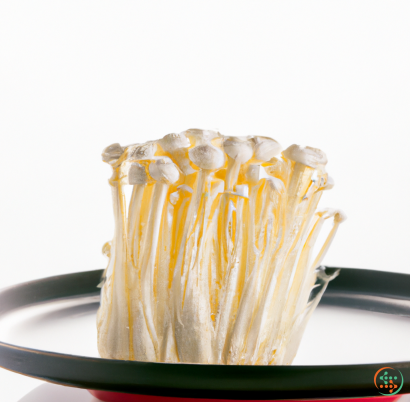Kale
We’ve all heard the phrase “eat your greens.” But what is a “green”? Specifically, what is kale? As it turns out, kale is an excellent source of vitamins, minerals and fiber.
Kale is a leafy green vegetable that belongs to the cruciferous family of vegetables, along with broccoli, cauliflower, Brussels sprouts, and cabbage. Though it’s been around since Roman times, kale’s current popularity is relatively recent, having taken root in the United States around the early 2000s. Kale’s popularity was undoubtedly aided by its health benefits, which many nutritionists and fitness experts tout to this day.
One reason for kale’s reputation as a health-food darling is its high vitamin content. It is an excellent source of vitamins A, C, and K as well as some of the B vitamins. Its high vitamin A content gives kale many of its great attributes, like helping to keep skin and vision healthy, and its vitamin C content helps support collagen in the skin, bones, and connective tissue. Vitamin K helps the body form blood clots and consequently, stop bleeding.
In addition to its strong vitamin profile, kale also contains significant amounts of minerals, like potassium, manganese, iron, and magnesium. Potassium helps regulate blood pressure, while iron helps form red blood cells. Magnesium is essential for energy production and manganese helps activate enzymes needed for metabolism.
Kale also contains phytonutrients, which are plant compounds that act as antioxidants and can potentially protect cells from damage caused by inflammation and free radicals. Among the phytonutrients found in kale are dithiolthiones, flavonoids, and glucosinolates, which are responsible for many of its health benefits.
Kale is particularly rich in antioxidants, which can help stave off the effects of aging and chronic diseases like cardiovascular disease, cancer, and diabetes. Kale also boasts a fairly impressive amount of fiber, which helps make up for its lack of carbohydrates. Lastly, one of the most important health benefits of kale is its high calcium content, which helps build and maintain strong bones and teeth.
Now that we’re familiar with some of the interesting benefits of eating kale, let’s talk about different ways to enjoy this leafy green in our meals. Kale can be eaten raw or cooked, and whether it’s used in salads, smoothies, or main dishes, it’s sure to become a staple in any kitchen.
When preparing kale, first make sure to buy only organic as conventional kale may still be contaminated with pesticides. Rinse it off well, and if using it raw, remove the tough ribs and stems as they can be tough and stringy. Give the leaves a good massage and then tear them into bite-sized pieces. Massaging kale will help to break down some of their tough fibers and make them more palatable.
Kale is a versatile vegetable that can be used in many different recipes, from kale chips and sautéed kale to kale smoothies and kale salads. Kale can also be added to your favorite soups, stews, pasta dishes, and stir-fries for extra nutrition and flavor.
A few tips for getting the most of out of kale is to cook it lightly to preserve its texture and nutrient content, and wait to add a dressing or acidic ingredients, like lemon juice or vinegar, until after it has cooked, as this will help preserve the flavor and increase the absorption of its nutrients.
In conclusion, kale is an incredibly popular and nutritious leafy green vegetable that is rich in vitamins, minerals, fiber, and antioxidants. It can be used in salads, smoothies, main dishes, soups, stews, and many other dishes, making it a versatile addition to any meal. Whether you’re looking to improve your health or just add something new to your diet, adding kale is a great choice.
Kale: From Seed to Plate
Kale is one of the most versatile vegetables around and an incredibly nutritious addition to any diet. This leafy green is packed with vitamins, minerals, antioxidants, and fibers, making it a superfood powerhouse. Whether you enjoy it raw in a salad or cooked into soups and stews, kale is delicious and has earned a spot on many dinner plates. But how does it get there? How does it go from seed to plate?
In this blog post, we'll dive into the fascinating process of how kale is created and travels from seed to plate. We'll explore the different stages of cultivation, harvesting, and transport, as well as the variety of ways you can enjoy this incredibly nutritious vegetable.
From Seed to Plant: The Cultivation of Kale
Growing kale starts with planting a variety of specially chosen seed. Kale is a cool-weather crop, and different varieties are available depending on the time of year they will be harvested. To get the best flavor and texture, choose appropriate varieties depending on when you plan to harvest them.
Kale seeds can be started directly outdoors or indoors but for home gardens, it's recommended to sow the seeds directly outdoors for best results. When outdoors, the soil should be tilled and amended with compost to help encourage healthy root, stem, and leaf growth. Seeds should be sown in rows spaced 12-18” apart and should receive at least 1-2 inches of consistent water each week for optimal growth.
As the plants continue to grow, mulching and fertilizing can help maintain soil moisture, control weeds, and promote bigger, healthier leaves. For tastier leaves, look for varieties that are bolt-resistant and those with waxy leaves that stand up to insects and disease.
Once the kale reaches 5-6 inches in height and the leaves are fully grown, it is ready to be harvested.
Harvesting and Processing Kale
Harvesting kale is best done with sharp shears that can easily snip off the individual leaves. Once harvested, the kale will go through a processing line where the leaves are inspected, washed, and cooled.
To ensure quality and safety, each bunch of kale is inspected by trained personnel and then washed using cold water and a non-chlorine sanitizing solution to remove dirt and debris. After being washed, the kale is cooled in an ice water bath. This quick chill allows the leaves to retain their crispness and sweetness.
After the leaves have been cooled, they are then bunched into bundles and packaged for shipping. Depending on the schedule, the kale will likely be either vacuum-sealed and placed in a cooler for shipment direct to a grocery store, or it will go through the process of being dried, sliced, and dehydrated before being sent off for sale.
Transportation and Storage of Kale
Once kale reaches the grocery store, it will often be transported via refrigerated or frozen trucks. When shipping is done through refrigerated trucks, the kale is typically stored in low humidity, temperature-controlled environments and delivers will be made within 24 hours of harvesting. If being shipped through a frozen truck, the kale will be frozen and sealed, ensuring a longer shelf-life and better quality product when it reaches the store.
Once kale is at the store, it is important that it is properly stored to maintain freshness and prevent spoilage. To ensure longer shelf-life and freshness, kale should always be stored in the cooler or stored at temperatures below 40°F. It is also important to store kale away from ethylene-producing fruits and vegetables as this will help to avoid premature spoilage.
Kale will last about 3-4 days when stored at ideal temperatures, but it is recommended to consume it as soon as possible for the best flavor and maximum nutritional value.
Serving Kale
Now that you know how kale travels from seed to plate, it's time to enjoy it! There are so many great ways to enjoy kale, from raw in salads and smoothies, to cooked into soups and stir-fries.
For those looking for a classic way to enjoy kale, try sautéing it with garlic and olive oil. This easy preparation method allows the kale to take on a wonderful flavor while maintaining its crunchy texture.
For a more nutritious option, try massaging it with oil, lemon juice, and salt before eating it raw. This will tenderize the leaves, create a fresh, zesty flavor, and make absorption of key nutrients easier.
Kale can also be cooked into casseroles, soups, and stews, used to make kale chips, or blended into green smoothies.
Final Thoughts
Kale is well-known as one of the most nutrient-dense vegetables around, and with so many fantastic ways to enjoy it, it's no wonder it has become a staple on many dinner plates. To ensure that you are enjoying this nutritious vegetable at its peak, it's important to understand how it goes from seed to plate. Knowing about the cultivation, harvesting, and transport practices used to grow and get kale to your local grocery store will help you select the freshest product and enjoy kale at its peak flavor and nutritional value.
| Vitamin A | 0.5 mg | |
| Beta-Carotene | 0.005927 grams | |
| Alpha-Carotene | 0.054 mg | |
| Vitamin E | 0.00154 grams | |
| Vitamin K | 0.7048 mg | |
| Vitamin C | 0.12 grams | |
| Vitamin B1 | 0.11 mg | |
| Vitamin B2 | 0.13 mg | |
| Vitamin B3 | 0.001 grams | |
| Vitamin B4 | 0.8 mg | |
| Vitamin B5 | 0.09 mg | |
| Vitamin B6 | 0.27 mg | |
| Vitamin B9 | 0.141 mg |
| Calcium | 0.15 grams |
Daily Value 1.3 g
|
| Iron | 0.00147 grams |
Daily Value 0.018 g
|
| Magnesium | 0.047 grams |
Daily Value 0.4 g
|
| Phosphorus | 0.092 grams |
Daily Value 1.25 g
|
| Potassium | 0.491 grams |
Daily Value 4.7 g
|
| Sodium | 0.038 grams |
Daily Value 2.3 g
|
| Zinc | 0.56 mg |
Daily Value 0.011 g
|
| Copper | 0.0015 grams |
Daily Value 0.9 mg
|
| Manganese | 0.66 mg |
Daily Value 0.0023 g
|
| Selenium | 0.9 ug |
Daily Value 0.055 mg
|
| Total Sugars | 2.3 grams |
per 100g
|
| Palmitic acid (16:0) | 0.08 grams |
|
| Total Saturated fatty acids: | 0.08 g | |
| Oleic acid (18:1) | 0.05 grams |
|
| Total Monounsaturated fatty acids: | 0.05 g | |
| Linolenic acid (18:3) | 0.18 grams |
|
| Linoleic acid (18:2) | 0.14 grams |
|
| Total Polyunsaturated fatty acids: | 0.32 g | |
